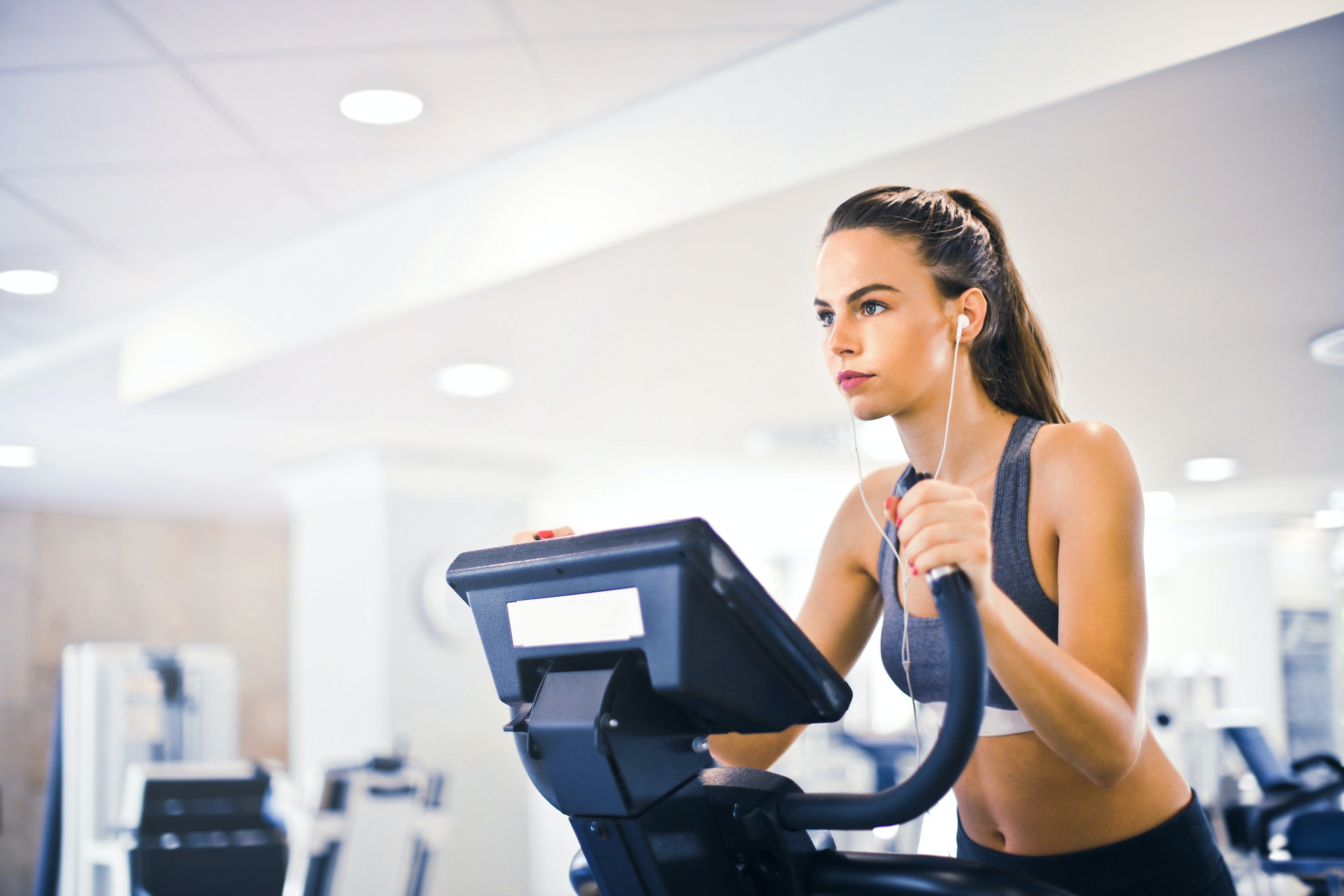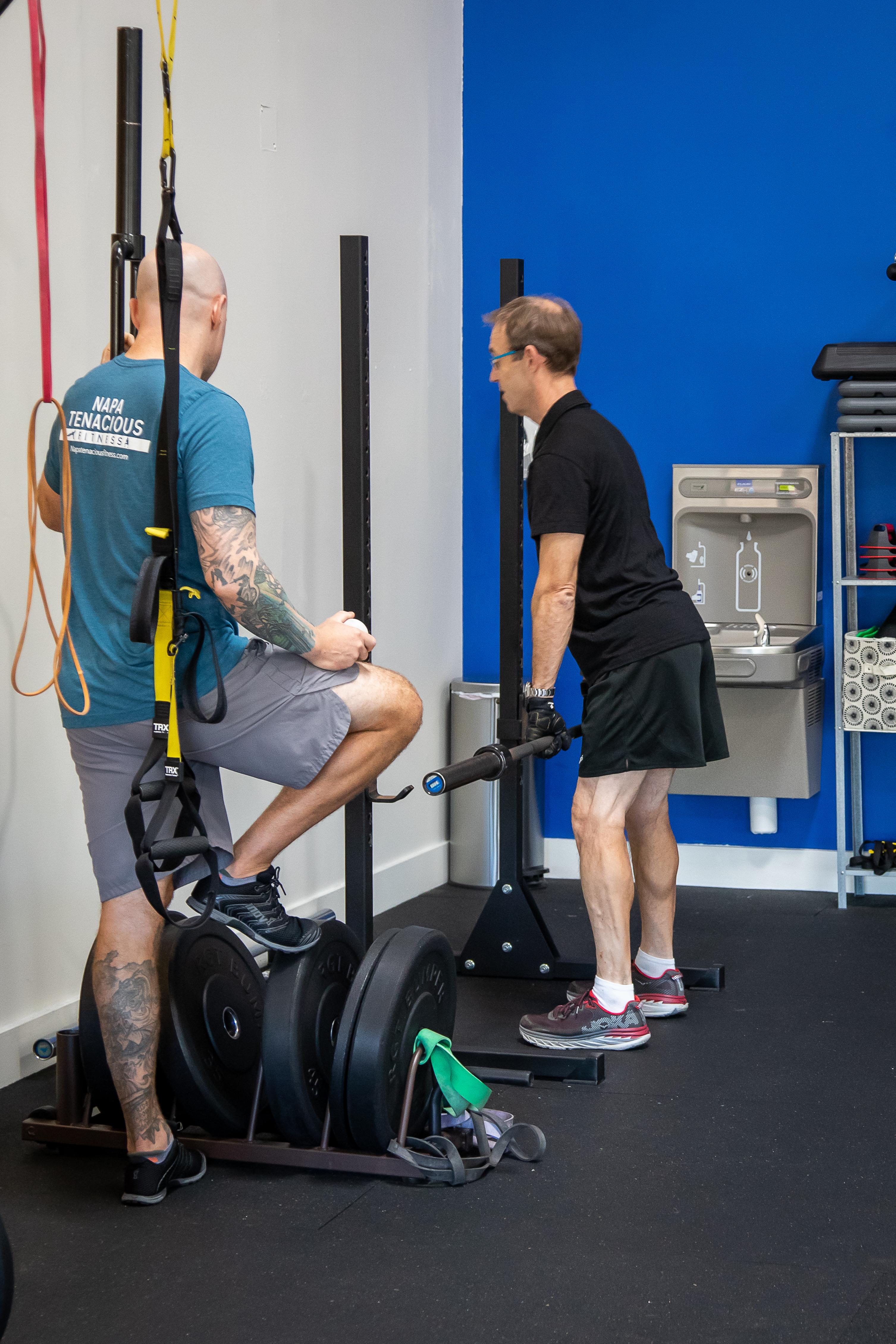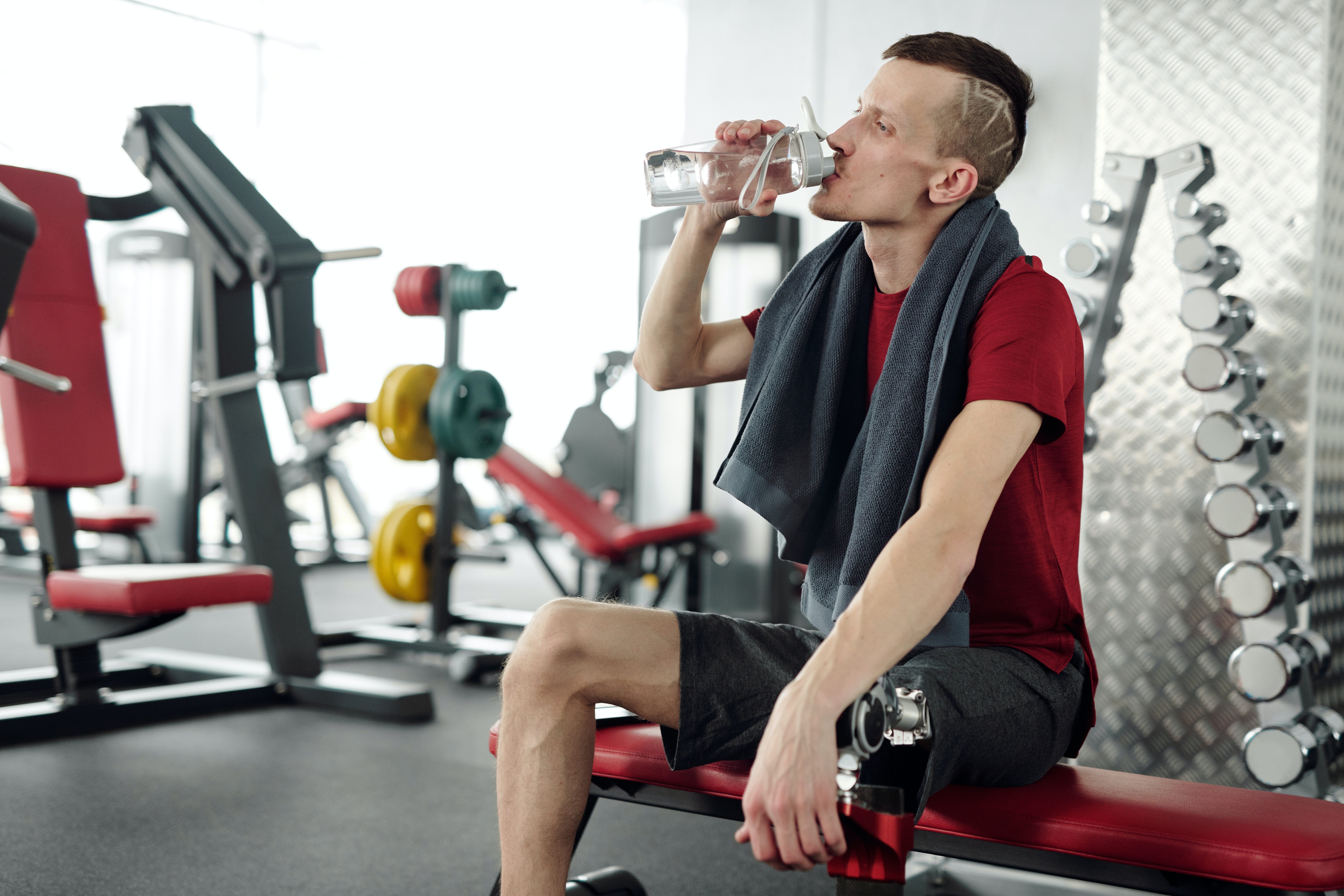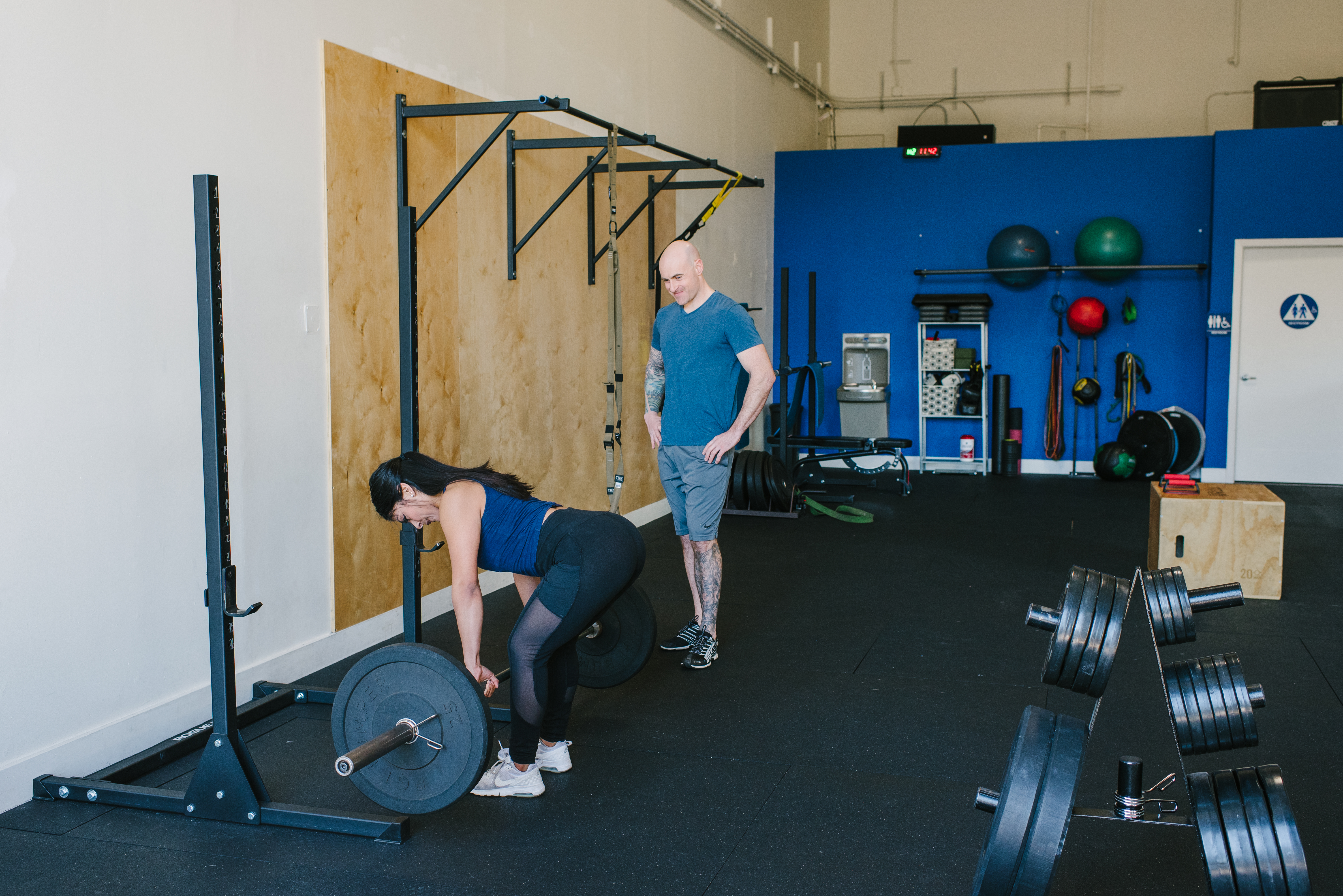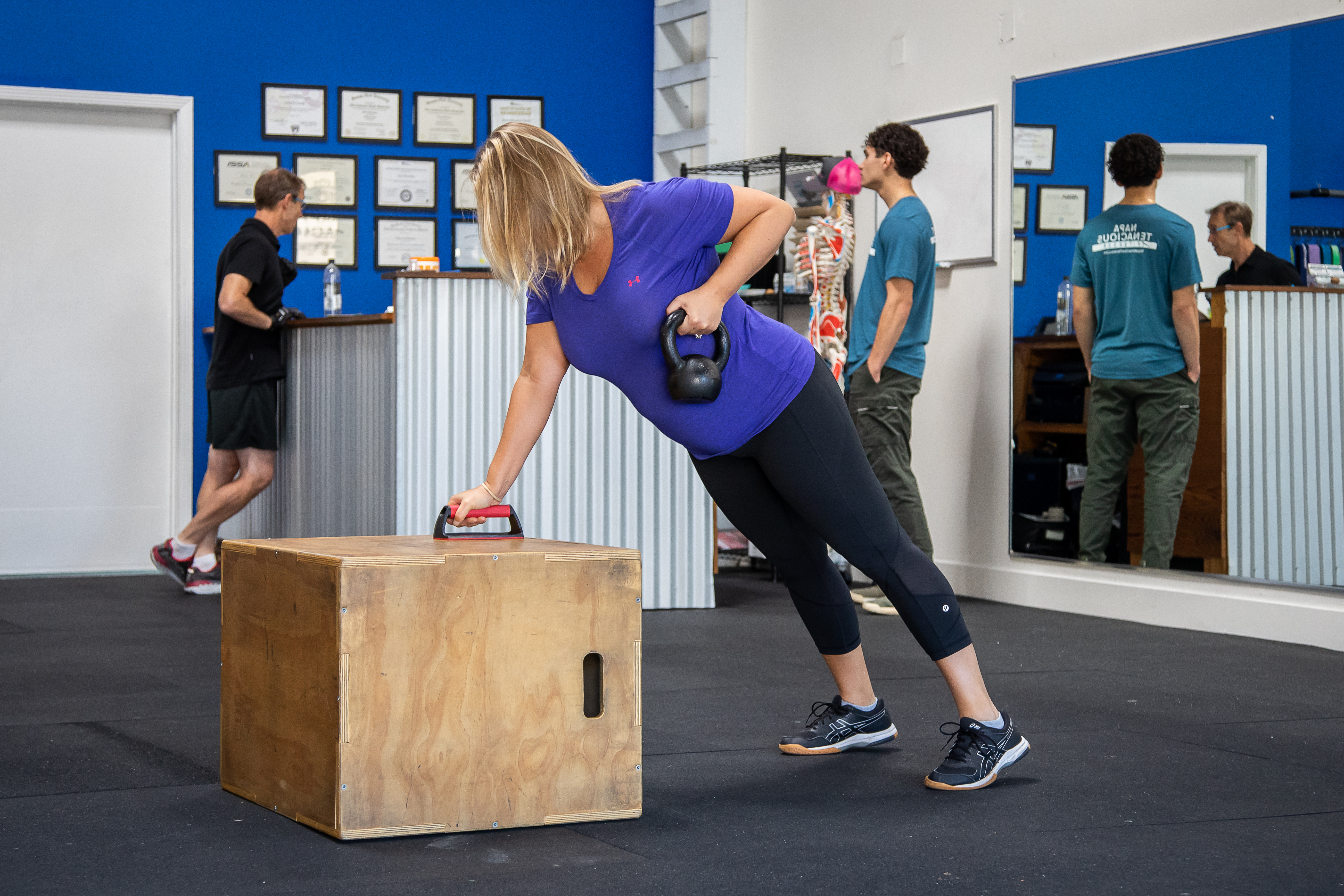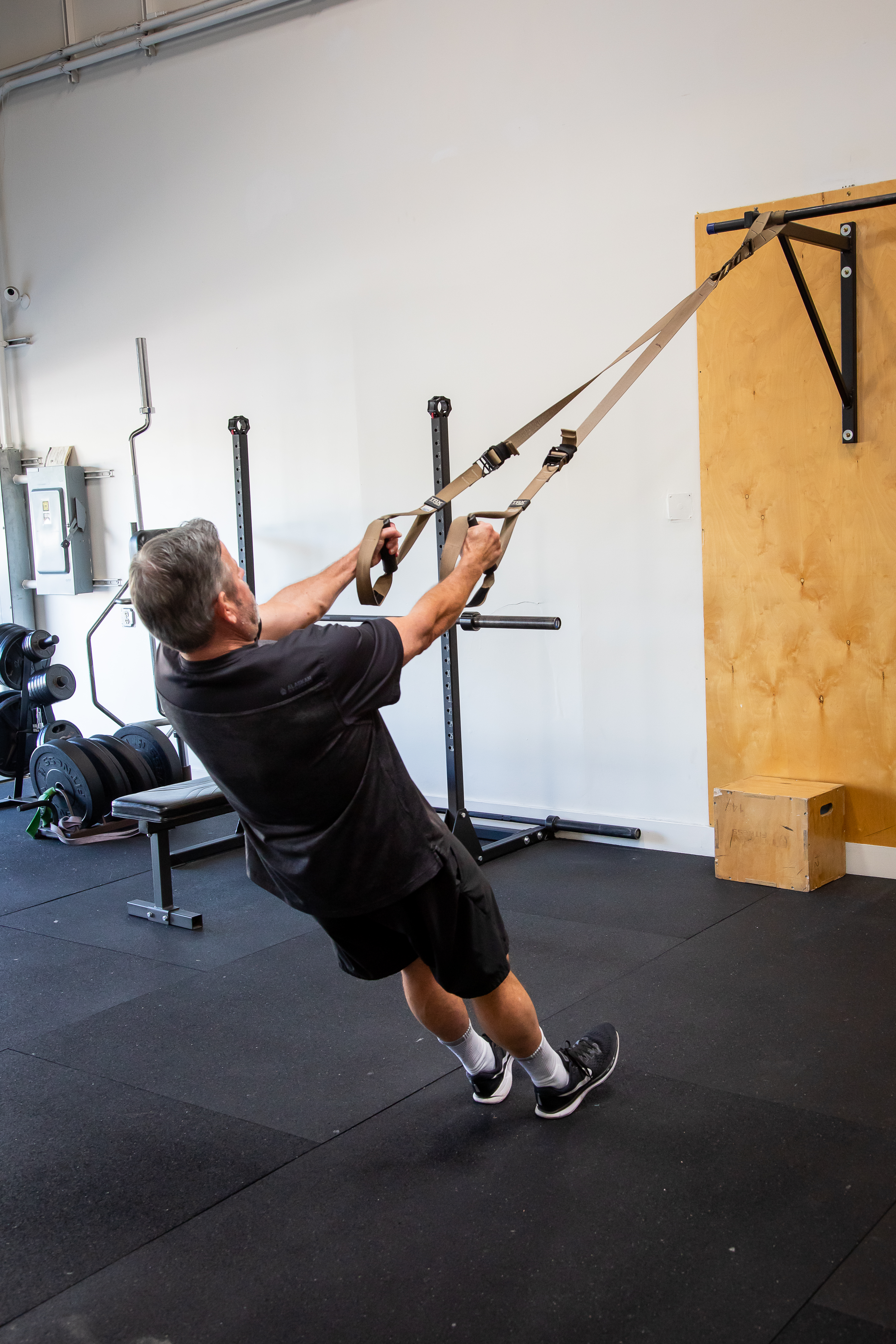A doctor’s appointment sometimes includes completing a questionnaire asking how many days we perform strenuous physical activities per week. Our three-by-five-inch digital leashes, known as phones, have fitness ads on any entertaining platform installed to the device. Celebrities, pro athletes, and our favorite social media icons flaunt their aesthetically pleasing physiques, making viewers think, “I want to look like them.”
A multitude of research supports the rationale that exercise helps us function as humans. Therefore, complying with an exercise program including themes of injury prevention, weight management, and strength training can help us move better, experience less pain, avoid becoming overweight, and fend off against a potpourri of disease.
These factors and many others serve as motivation to exercise. None of the above examples are a terrible thing to use for inspiration to improve health and fitness. Any stimuli to increase human activity is beneficial in today’s era because there is a high magnitude of sedentary professions. We might observe a few workouts picked from a social media article, fitness blog, or a friend who is into working out. These workouts might include running, participating in a Peleton biking class, joining a Yoga class, or performing resistance training at a local gym. They’re all incredibly effective. Sometimes, we do this during the first two weeks after initiating a program. Then, a few weeks later, we might stop. Why is that?
During the conclusion of one of our personal training sessions, I interviewed a client about her goals for her next four-week phase. This is an excellent opportunity to ask goal discovery questions because people enjoy sharing what they want to achieve and work toward in their fitness journey immediately following a successful four-week exercise prescription. However, this client expressed some struggles.
First, she shared, “I need to work on my relationship with exercise.” Then, as we discussed her efforts more she asked, “Should I run more, lift weights, or hike more? I can’t come up with a reason to do these things.” She continued, “I know all of those activities are good, I’m just not motivated to do them.”
This isn’t an uncommon problem for society’s relationship with exercise. There are times when people show up to an exercise class, a personal training session, or peruse around the weight room of a local gym. For some, the perception of stepping foot into one of these fitness arenas complete the nagging task of filling in the fitness category in the doctor’s questionnaire. However, there’s far more to staying healthy and active than just checking off a box that you’ve done what you were told in a doctor’s office. An active lifestyle offers far more gifts than a simple check mark at the doctors office.
A helpful tactic that this client and I spoke about was finding out what gifts exercise brings her. After asking her why she does the Peleton class, she answered, “I think it’s fun. It’s interesting for me to see my rank increase in a class full other individuals my age.”
I continued to ask her why she thought running was helpful, “I think it tones my core like no other exercise. Plus, I would like to be able to run if it was necessary. For instance, if someone stole my pet lizard. I’d want to run after them and be able to catch them” she energetically replied.
The third question I asked was why she liked to come in for her personal training sessions and perform weightlifting exercises. “To be honest, lifting weights and doing these weird exercises you guys have me do is challenging. I get the idea of why to do them, but I don’t necessarily understand the full benefit. I guess that’s why you guys are here to teach what these exercises are doing for my body and to make sure I don’t hurt myself. The main reason I keep coming back to the gym is that I always feel better after I leave.” She continued, “Sometimes work is stressful. I have to be on Zoom calls for hours, take notes, and have challenging conversations. By the end of the day, I’m fried. So coming to my personal training session, putting my phone on silent, and getting coached shuts that stress off.” She concluded with, “And, that feels good.”
“Fun,” “like no other exercise,” “feels good,” and “I feel better when I finish.” These are all descriptions of how devoting time to exercise can be beneficial. It doesn’t take much effort to focus on stress, hardships, and look for what’s missing in our lives. We have to work hard every week which isn’t easy. However, if we can pick out the feelings at which exercise gives us little presents to enhance our lives, perhaps we can understand the reasons behind putting ourselves through a physically challenging experience. If you have struggles adhering to an exercise program, pick out a few keywords of how exercise will make you feel like what you’re doing has value. Sometimes the answers to simple questions starting with “why” can clarify our struggles while opening a path to success in our lifetime fitness journeys.
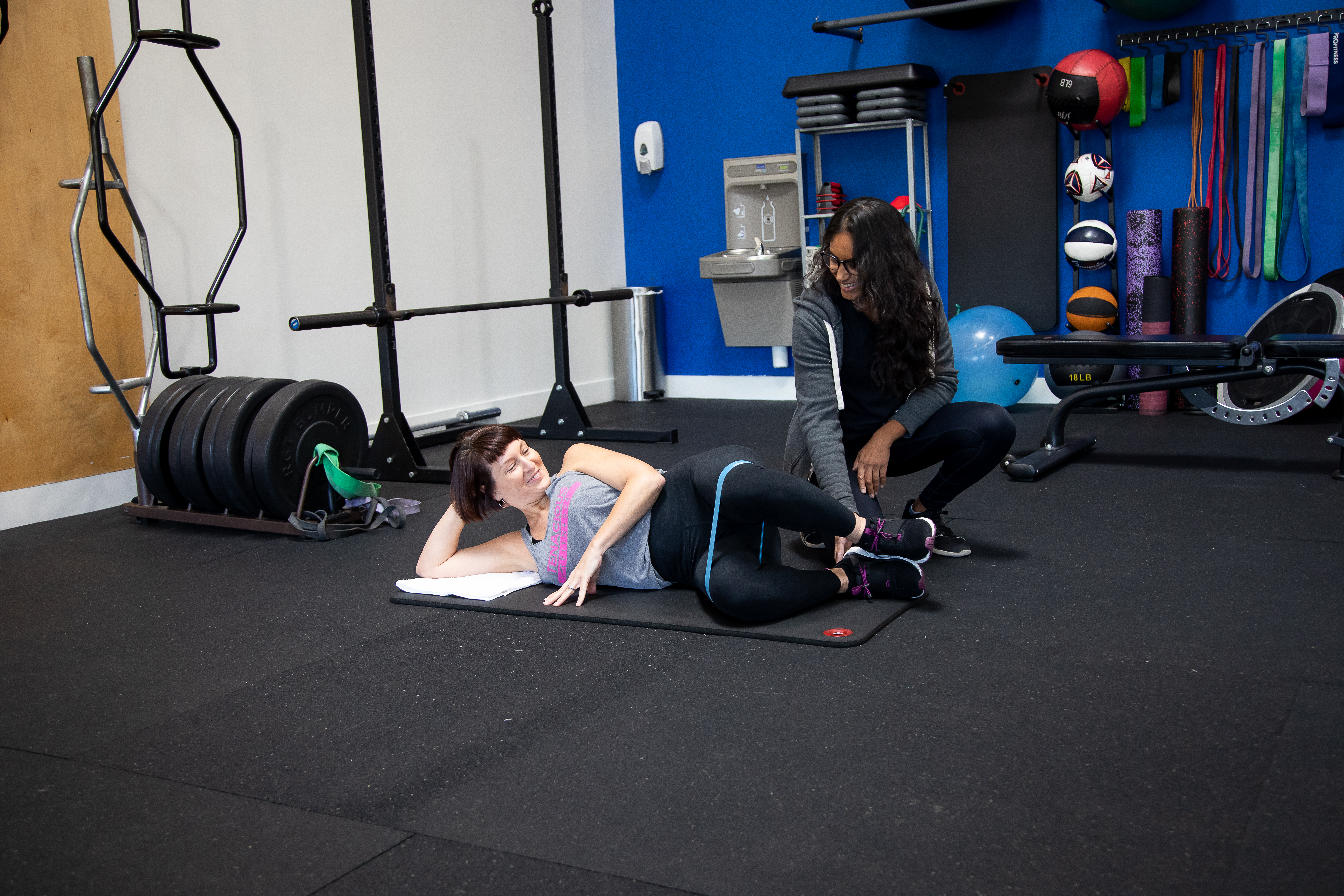
Sean McCawley, the founder and owner of Napa Tenacious Fitness in Napa, CA, welcomes questions and comments. Reach him at 707-287-2727, napatenacious@gmail.com or visit the website napatenaciousfitness.com.


